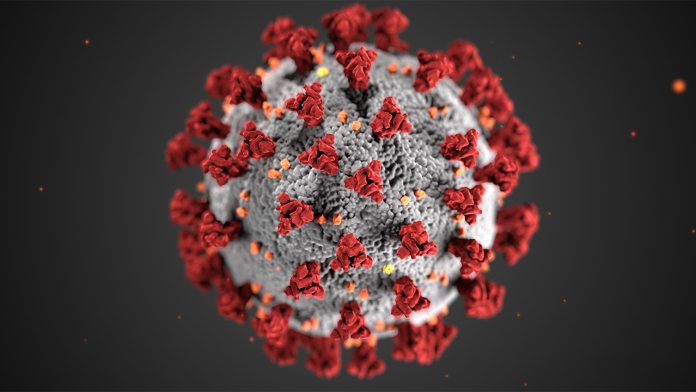A core part of the service is the company’s Plasma Bot, a fairly simple chat-based multiple choice survey that determines whether a person is eligible to donate blood. It covers factors such as how long ago a person was infected, if they meet minimum health requirements, and whether they have underlying health conditions such as HIV. Upon meeting all of those criteria, it refers users to their nearest plasma collection center. In reality, the bot does nothing a website wizard couldn’t. Answer with anything other than ‘Yes’ or ‘No’ and it’ll tell you it doesn’t understand. However, the approachable form factor is more likely to appeal, especially if Microsoft expands to services like Facebook Messenger, Skype, and Telegram. The need for plasma, in this case, is not for direct transfusions, but for use in a therapy called polyclonal hyperimmune globulin (H-lg). This method pools the plasma donations from multiple survivors to create a more reliable solution and hopefully minimize risk and administration time. “The medicine can be delivered in lower volumes and therefore would likely take less time to administer to patients than plasma itself,” explains Microsoft. “The H-Ig process also minimizes risk of any known virus or bacteria passing from donor to patient, thanks to the rigorous virus inactivation and removal steps that are embedded in the plasma product manufacturing process. Finally, H-Ig also has a longer shelf life, which permits easier storage and shipping for any outbreaks in the future.” With this method, the alliance may be able to save many lives before a vaccine is developed. Research indicates that over 50% of eligible plasma donors live within 15 miles of CovIg’s 500 centers, and there are further plans to expand into Europe. Plasma donation takes about an hour and could help save hundreds of lives.




